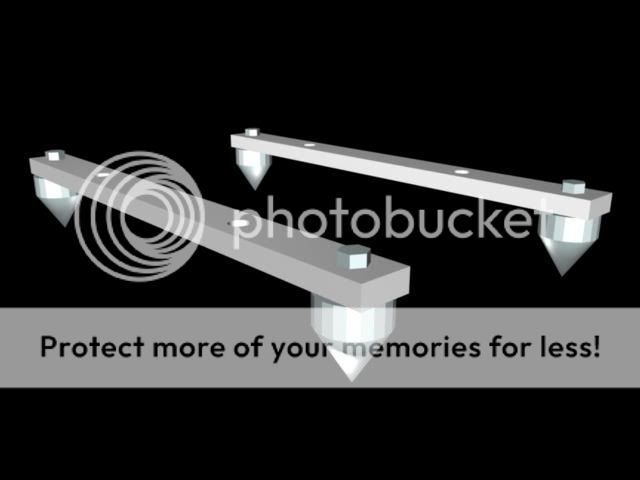Thanks kapvin.
Most likely it will be cherry finish, Mahogany also looks beautiful. I am getting the spikes machined next week.
I do not know to calculate speed of sound through of Dacron, pls throw some light on it.
The long wool fibers generally better at attenuating than Dacron at low frequencies, even fiberglass have much smaller fiber diameters and much better attenuation at high frequencies. It's hard to find long fiber wool here but fiberglass is a nasty stuff to handle.
Regards,
Anil
Hi Anil,
You have made amazing progress, and your speakers are looking really good!
How did you fit the input terminals or binding posts? I thought I saw a circular plastic shape in one of the "in progress" pictures. Is this available in India?
What did you do for sealing as well?
Have you also kept the back (or baffle) removable via screws?
Thanks,
Arun


